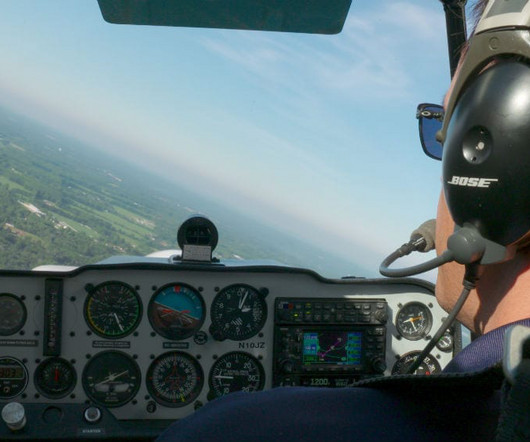Centerline, centerline, centerline
Air Facts
MAY 24, 2024
Even though this was late May, it was early enough in the day that the temperatures and density altitude hadn’t climbed to outrageous heights—yet. With a little forward pressure on the yoke, I was able to keep the airplane on the runway to continue picking up airspeed as we arrived at my target of 60 knots for takeoff.












Let's personalize your content